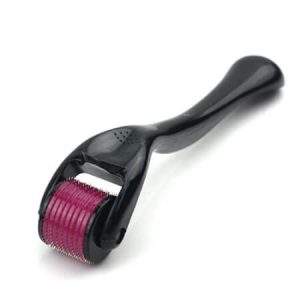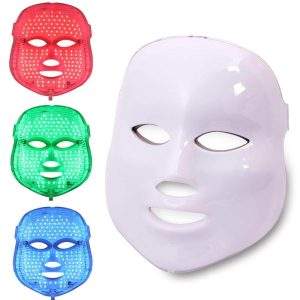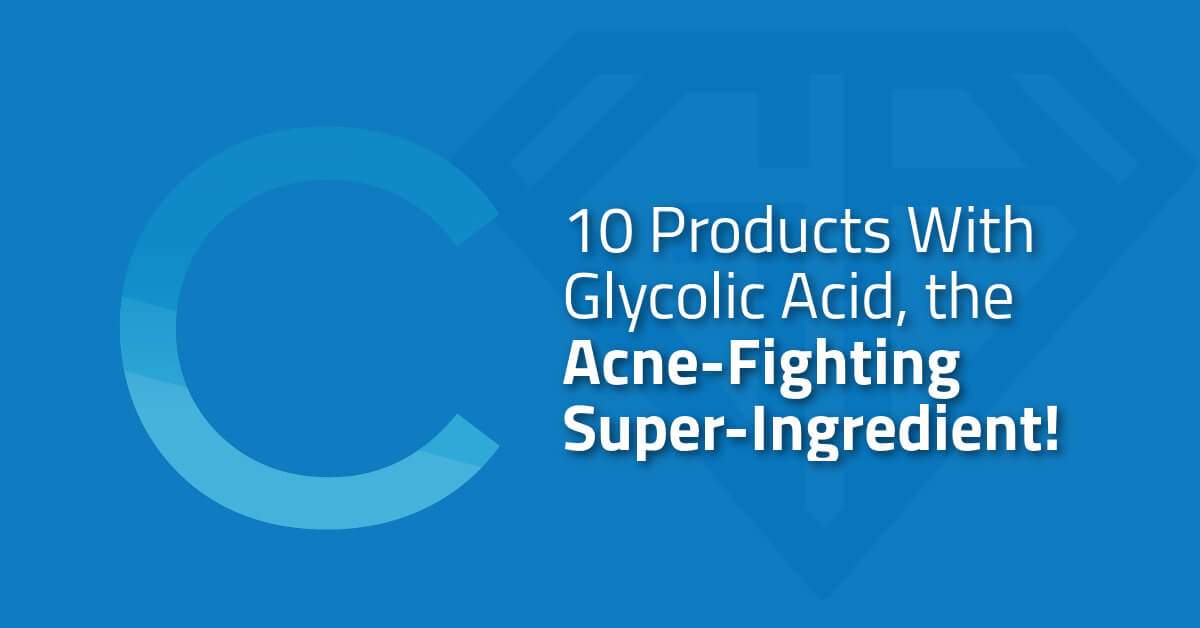As the new year ramps up, many consumers have a laundry list of resolutions and goals they’d like to achieve in the coming months. A goal of many folks? Achieving their best skin yet.
Whether that’s by reducing fine lines and wrinkles, clearing up oiliness and acne, or finally finding the perfect balance of skin and personal care products, today’s increasingly knowledgeable consumer will do whatever it takes to get a healthy, glowing complexion.
The problem with this relentless pursuit of beauty? Consumers have a tendency to latch on to every new personal and skincare trend, thanks to the bounty of misleading misinformation available on the Internet. This means consumers are not only purchasing low-quality devices or downright dangerous products, but also attempting procedures that are left better off performed in a professional’s office. The end result? Damaged or afflicted skin that’s in worse condition than before.
The problem with this relentless pursuit of beauty?
Read on for three of the biggest trends in the at-home pursuit of beauty…trends that can cause more harm than good.
Dermarolling
At-home dermarolling, or “microneedling,” has skyrocketed in popularity the past few years, thanks to the praises sung by influential beauty websites like Refinery29 and fashionable lifestyle websites like Cupcakes and Cashmere. And the dermarolling trend doesn’t appear to be slowing down anytime soon.
A dermaroller is a handheld device with hundreds of tiny needles. When the device is rolled over the skin, the needles create tiny holes – or tiny injuries to the skin – which theoretically force collagen and elastin production to speed up to repair the damage. Proponents of dermarollers claim the small products can solve every skincare lament from under-eye bags to wrinkles.

The current consumer craze for the at-home dermaroller is linked to the efficacy of the derma-pen and other electronic microneedling device dermatologists use on clients in their offices. These highly effective exfoliating or “sanding” treatments for the face can cost upwards of $1000. The impressive results of professional microneedling have led to the proliferation of the handheld, at-home dermarollers sold everywhere – from $10 on Amazon.com to higher end kits on sites like Petunia Skin Care.
Despite the purported benefits of microneedling at home, there are many potential issues that can arise with dermarollers. First, if anyone has any sort of skin condition, like acne or eczema, dermarolling can exacerbate the issue, not control it.
Another issue with at home rolling? Many dermatologists say over-the-counter dermaroller options don’t offer needles large enough to make a difference, so the consumer is just damaging their skin for no reason. In addition, many people don’t effectively sterilize and clean their dermarollers after use, making the devices a potential hotbed for infection.
Lastly, if dermarolling is done incorrectly, or too hard or frequently, the at-home procedure can leave permanent bumps and scarring on a face.
Bottom line? Leave the dermarolling to professionals.
Homemade Beauty Treatments
D-I-Y beauty and skin care treatments featuring natural ingredients have boomed in popularity in the past few years, and studies predict this trend will continue to grow in the future.
The trouble is, many of these at-home treatments contain ingredients that can actually hurt, not help, your skin. A few of the common culprits include:
Lemons – Used for “brightening,” lemon juice and zest is a favorite add-in for at-home facial treatments. But lemons have such a high acidity that topically applying the juice can not only disrupt normal skin pH, but also eat away at the protective outer layer of the epidermis. The result? Increased sensitivity to sun and a higher chance of burning.
Sea Salt – A popular addition to homemade facial exfoliating scrubs, sea salt’s large granules can actually harm skin by ripping the outer layer open. Sea salt is usually too rough for exfoliating the face or more delicate parts of the body, according to dermatologists.
Cinnamon – This sweet spice is a popular additive for everything from facial scrubs to homemade masks. Unfortunately, cinnamon can be a serious irritant to skin, and cause itchiness, rashes, and burning, all issues unbeknwonst to D-I-Y-ers until it’s too late.
Although many consumers find understandable appeal in turning common kitchen ingredients into personal care treatments, the costs can really outweigh any potential benefits.
LED Light Therapy
Ranging from futuristic full-face masks to hand-held wands, LED light therapy at home has become one of the must-have items for skincare aficionados on the eternal quest for beauty. Proponents include celebrities Kim Kardashian, Kate Hudson, and Jessica Alba, but unfortunately for the average consumer, not all LED light therapy products for home use are built equally.

LED light therapy is often used as an anti-aging treatment or for banishing breakouts and aging. The LED light works to zap wrinkles, treat fines, and clear up acne by emitting therapeutic wavelengths of light energy, which force cells to produce more adenosine triphosphate, or energy. With this increased energy, cells then produce more elastin and collagen, which improves the skin’s appearance.
Although many dermatologists offer high-end LED treatments in office, these procedures are often out-of-budget for the ordinary consumer. The result? A veritable explosion of cheap at-home LED light therapy treatments flooding the market.
Unfortunately for the consumer, not all LED light treatments actually deliver the results they want. Many will shell out their hard-earned cash for a cheaper LED light therapy product that doesn’t actually create any discernible skin improvement. In addition, if they’re using a product that increases photosensitivity, like Retin-A or Accutane, LED light treatments can damage skin. In short? LED light treatment is best left to the professionals – not over the counter inventions for home-use.
An opportunity for formulators and responsible marketers
So yes, in today’s trend-saturated online world, it’s easier than ever for the less-than-scrupulous to profit by misleading, misinforming or confusing consumers, or be just being cavalier about the safety and efficacy of the products they’re bringing to market.
On the bright side, however, this creates an opportunity for responsible formulators and manufacturers. They can establish a sound reputation by not only providing clear and up-to-date information and data to those consumers, but by also creating the effective, results-driven products that are safe for people to use anywhere, from the bathroom at home to the salon up the street.



